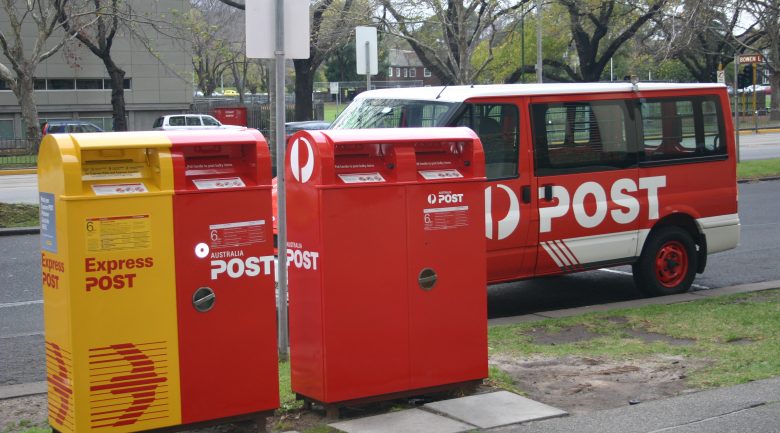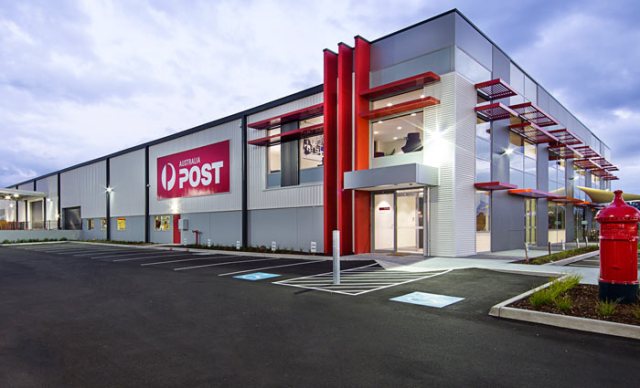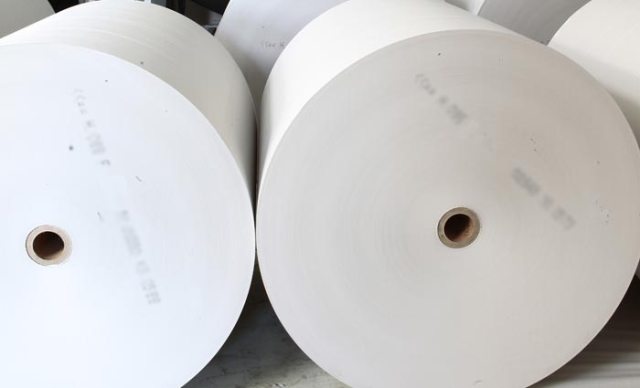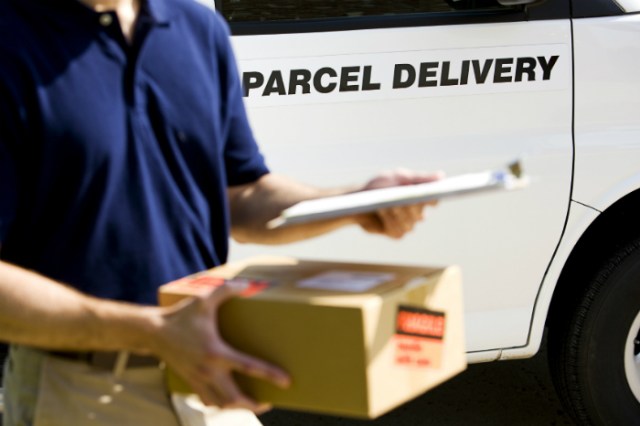
Australia Post is seeking to increase the Basic Postage Rate (BPR) from $1 to $1.10 from January 2020 with the Australian Competition and Consumer Commission (ACCC) now reviewing the proposal.
Australia Post says the price increase, the first in four years, is necessary to ensure a sustainable community postal service across the country after the letters segment of the business lost $190m in 2018.
Businesses and government customers will continue to receive discounts for using Australia Post but an increase to the basic postage rate will likewise push up costs to business which stands to have a direct knock-on effect to the printing industry.
Kellie Northwood, chief executive officer of the The Real Media Collective, said the move is disappointing as postage price rises are directly linked to volume declines which hurts industry and that a submission is now being prepared for the federal government, ACCC and Australia Post to consider in relation to the proposal.

“Further increases from Australia Post are disappointing and we have conveyed this directly to Australia Post yesterday. Over the past six months the Collective has met twice with the Australia Post CEO, Christine Holgate and several times with other Executive General Managers to convey the challenges our industry is experiencing when postage prices are increased,” Northwood said.
“Whilst the Basic Postal Rate (BPR), or stamp price, doesn’t impact Business Postal Rates directly, we do operate under a ceiling of the BPR and this increase allows for further increases to burden the industry. That said, if Australia Post was able to work with industry on a solution we would have greater confidence to support BPR increases, however both historically and present day, there has been no standardised or stable commitment from Australia Post that industry can work with as a long-term solution.”
Northwood and the coalition that was formed last year which includes ADMA, Fundraising Institute of Australia, Australasian Paper Industry Association, Australian Forest Products Association and Visual Connections, has vowed to continue advocating for Australia Post price forecasting to allow the industry to manage price increases.
“We know Australia Post operates under a four-year modelling structure with regards to pricing, however we still have not received any price forecasting model, despite our repeated calls for such a solution. As such, we will now increase our focus and efforts with government and the ACCC, to communicate the industry’s position. And to be clear it is our position, that Australia Post’s approach to continual price increases is unrealistic and creates instability to the detriment of the industry, retailers, publishers and more. Price increases are directly linked to volume declines and the Industry Coalition, formed last year by The Real Media Collective, will continue to advocate for price forecasting to allow industry to manage price increases and/or service changes. Being given weeks-notice to prepare for these significant changes is an untenable burden on industry,” Northwood said.
“Additionally, whilst we acknowledge the data shows a decline in letters we know the postal network is also used for the delivery of parcels and our analysis anticipates latent capacity in the postal network will be taken up via parcels, therefore the Coalition, does not understand the need to aggressively increase pricing on letters when Australia Post have, for a long time, been working on strategies to deliver more parcels through the postal network, highlighted with the recent trialling of the Electric Delivery Vehicles (EDVs) across Newcastle.
“Our industry, and those represented in the Industry Coalition, employ over 265,000 Australians, we are the largest manufacturing employer in the country and this approach from Australia Post will lead to a ripple effect to the detriment of Australian jobs. Last year the Industry Coalition called for pricing stability, annual price increases to be released in line with budgeting in March/April of each year and for Australia Post to engage in a meaningful and commercial manner with industry. Despite these requests being supported by the former Minister’s Office, Australia Post have continued to not address these calls from the Industry Coalition, rather issue significant price increases in a post-election window without consideration or meaningful consultation with the industry,” said Northwood.
“Our submission, including the figures outlining the risk on jobs and our industry from Australia Post’s approach, are now being prepared for the ACCC and will be provided to the Minister’s Office also for his consideration. Should any members or industry stakeholders wish to contribute with case studies or other data to the submission we are preparing, please contact the Collective and we will discuss inclusion. Our approach is to bring a united voice across multiple likeminded industry Associations and private entities who recognise the importance of price and service stability across the postage sector.”
Australia Post group chief executive officer and managing director Christine Holgate said other efficiency savings will also be applied across the network to reduce costs.
“Last year our letters business lost $190 million – this is after the benefit of significant efficiency savings. It is important that we responsibly address pricing if we are to protect this important service and keep our network of community post offices open,” Holgate said.
Ninety seven per cent of mail that goes through the Australia Post network is business and government related. Charity groups also receive incentives to use the service.
The ACCC does not have the power to approve the price rise but it is required to assess the proposal in accordance with the Competition and Consumer Act 2010 and then notify Australia Post on whether it objects to the plan.
In addition to receiving this assessment from the ACCC, Australia Post must then give written notice to the federal Communications minister of its intent to vary postage rates.
“In assessing these proposed price increases, we will consider various issues including trends in the postal industry and whether Australia Post has adequately explored efficiency improvements before increasing its letter prices,” ACCC Commissioner Cristina Cifuentes said.
“We will welcome submissions on this proposal and will take into account the views of industry stakeholders, consumers and Australia Post itself.”
Comment below to have your say on this story.
If you have a news story or tip-off, get in touch at editorial@sprinter.com.au.
Sign up to the Sprinter newsletter




Not only the postage stamp but increases as well to parcels, magazine deliveries (Print Post) plus all other types of commercial mail, weighted average increase is about 10%